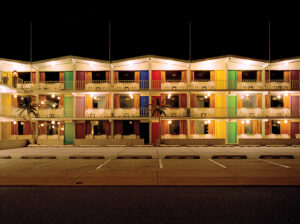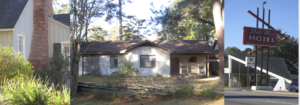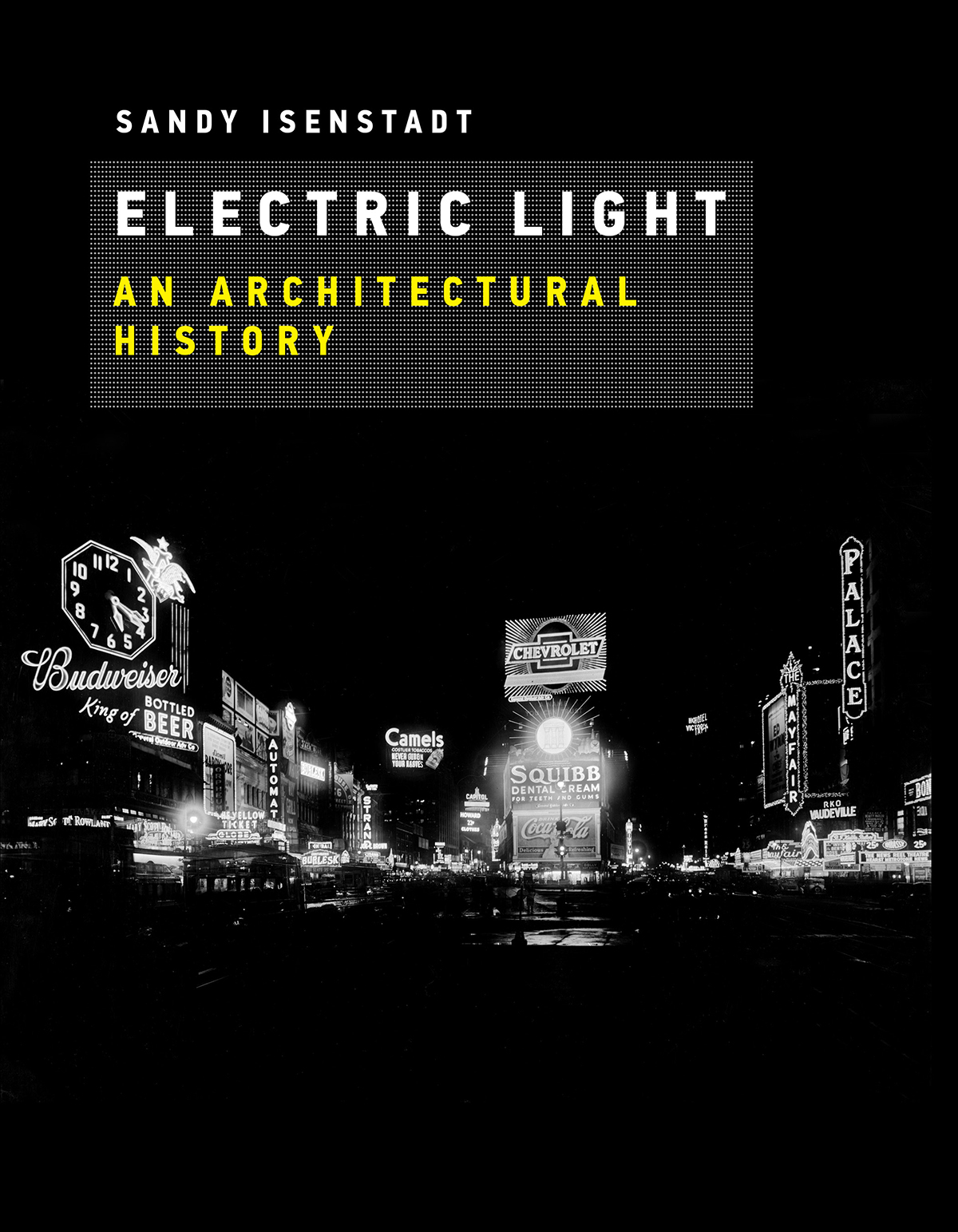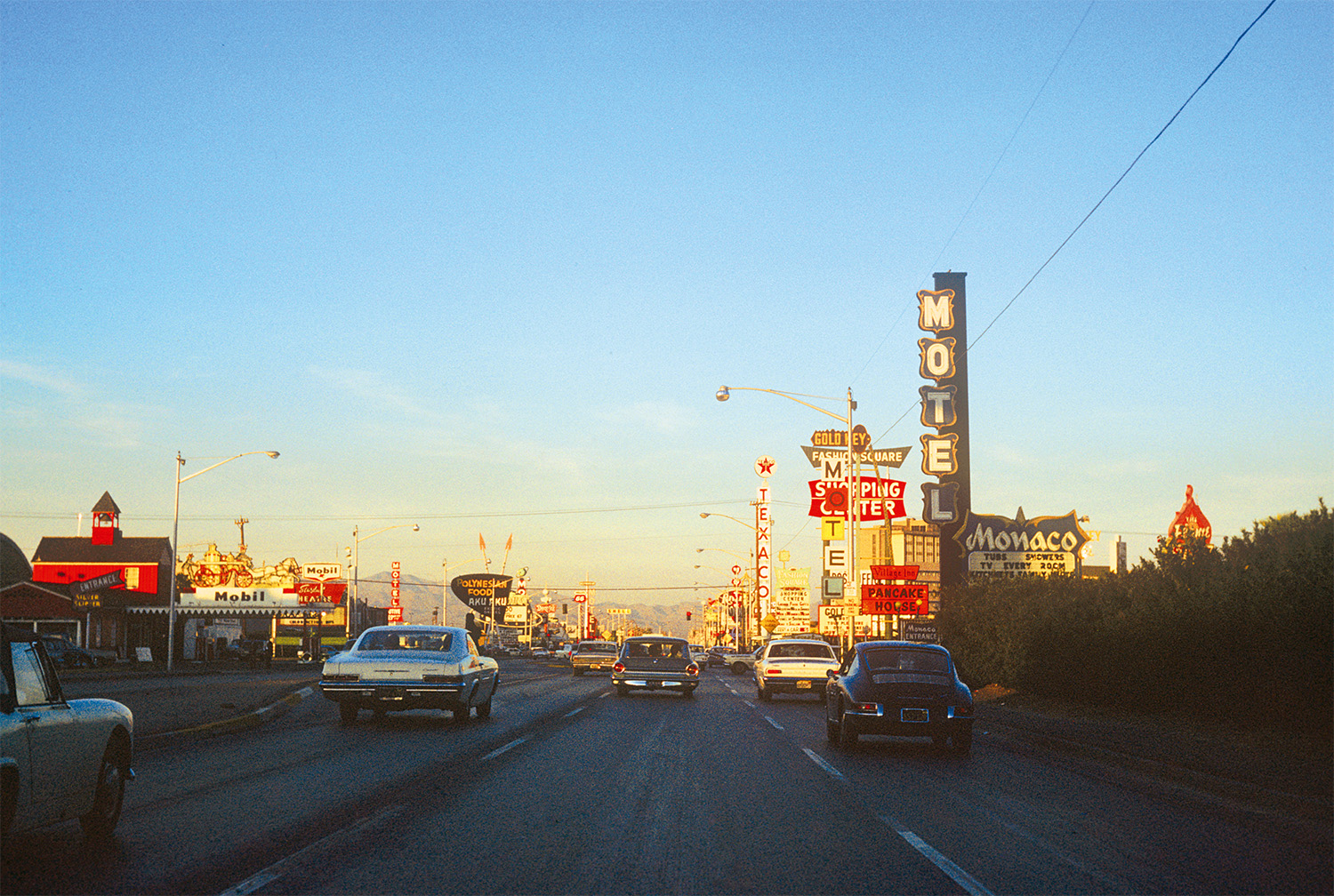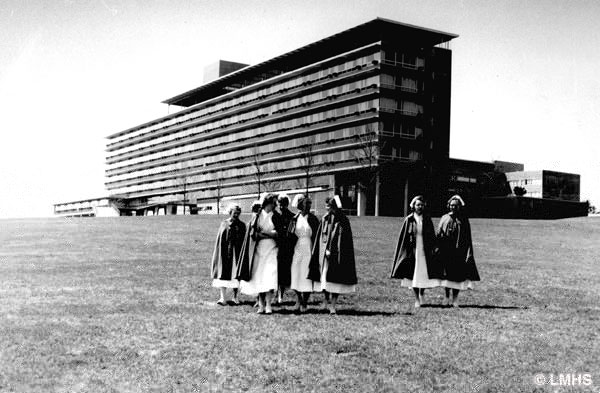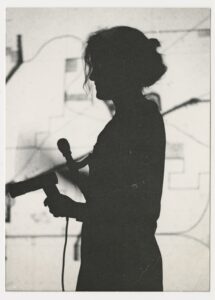
Denise Scott Brown at Das Pathos das Funktionalismus (“The Pathos of Functionalism”), Berlin, 1974. Photograph IDZ Berlin/Christian Ahlers; Courtesy of Venturi Scott Brown Collection, The Architectural Archives, University of Pennsylvania.
Architectural Authorship and Authority: Denise Scott Brown In 1967
by Denise Costanzo, Associate Professor of Architecture,
The Pennsylvania State University
Friday, March 15, 2024, at 5:30 p.m.
The Architectural Archives
Stuart Weitzman School of Design
University of Pennsylvania
220 South 34th Street at Smith Walk
(Lower Level of the Fisher Fine Arts Library building)
Philadelphia, PA 19104
Reservations requested at info@philachaptersah.org
The ongoing controversy over Denise Scott Brown’s exclusion from the individual Pritzker Prize awarded to Robert Venturi in 1991 hinges on issues of authorship, attribution, and equity in architectural partnerships, and in the wider profession. The Pritzker jury highlighted Venturi’s early, more seemingly independent work, including his sole-authored Complexity and Contradiction of 1966. Scott Brown, however, worked on her own ambitious book project during these same years, one whose different fate prefigured her distinct trajectory. Contextualizing Scott Brown’s decisions about the function of ambitious writing at a pivotal juncture humanize the complexities that followed.
Denise Costanzo is Associate Professor of Architecture at the Pennsylvania State University. She is co-editor (with Andrew Leach) of Italian Imprints on Twentieth Century Architecture (Bloomsbury, 2022) and author of What Architecture Means: Connecting Ideas and Design (Routledge 2015). Her essays on Denise Scott Brown and Robert Venturi have appeared in journals and books that including The Routledge Companion Guide to Fascist Italian Architecture: Reception and Legacy (Routledge, 2020); and Denise Scott Brown: In Others’ Eyes (Birkhaüser, 2022). Her current book project is Modern Architects and the Problem of the Postwar Rome Prize: France, Spain, America and Britain (University of Virginia Press).
